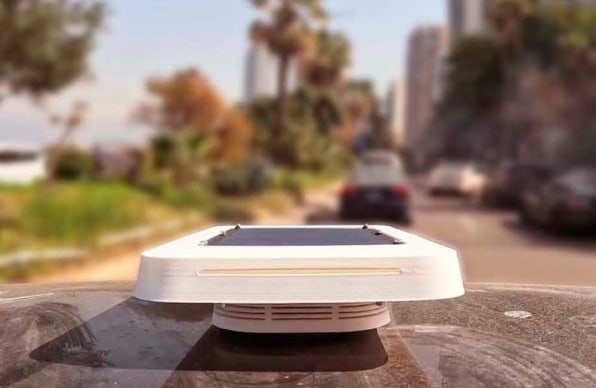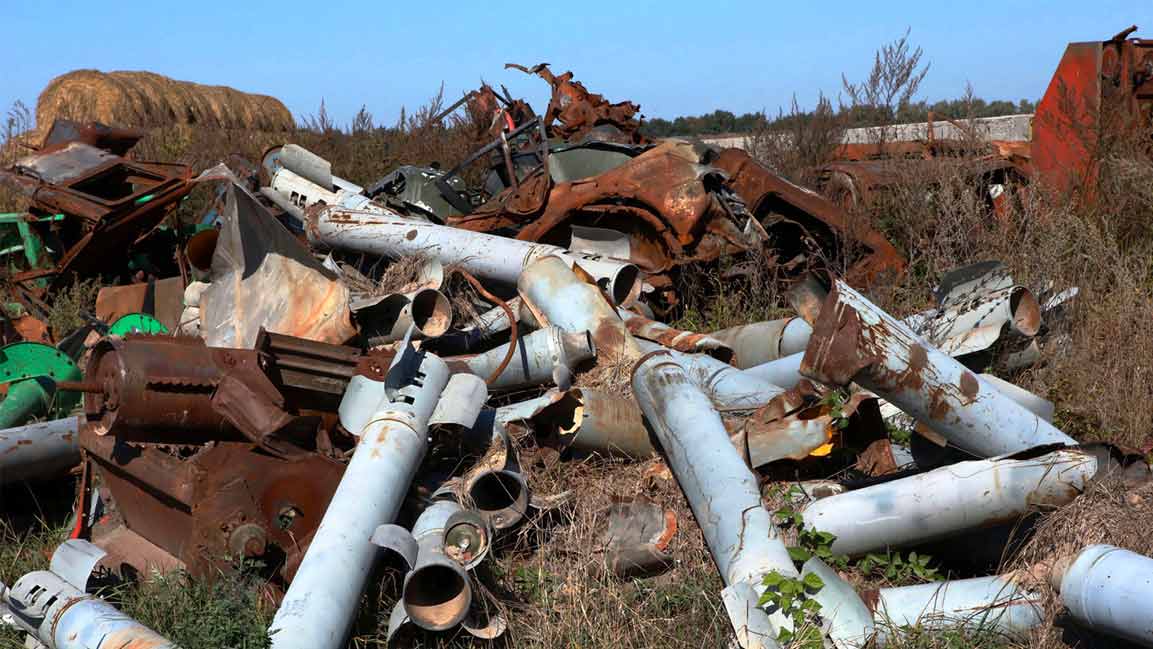- | 8:00 am
This MIT-designed device can measure air pollution anywhere
You just have to 3D print it first.

If you’re curious about the air quality in your city on a given day, you might pull up your phone’s weather app to see the air-quality index based on various pollutants. But that data, which tends to be aggregated for an entire region, doesn’t tell the whole story of how good or bad the air you’re breathing actually is. Now, you can make your own air-quality monitor instead, using open-source instructions from the Massachusetts Institute of Technology, plus a little coding know-how and a 3D printer.
For the air-quality index given by your phone, the measurements tend to be pretty broad. The City of Boston, for example, has just three air-quality monitoring stations from the Environmental Protection Agency (EPA) to cover its entire metropolitan area; mathematical models then take into account such factors as wind speed and land use to make air quality estimates. But still, these monitors don’t get to the level of granularity needed to really identify pollution sources, says Simone Mora, a research scientist at MIT’s Senseable City Lab, and coauthor of a paper on the testing process of the low-cost air-quality sensor. There may be other apps that offer targeted air-quality measurements, but there are still gaps: In the U.S., only about 1,000 counties, out of more than 3,000, have any air-quality monitoring data at all.

In cities especially, air quality can differ from one block to the next. That’s because one of the main air pollutants, particulate matter, comes from things like car exhaust, road work, or construction sites. “It’s a very hyper-local phenomenon because larger particles stay very close to the pollution source.” Mora says. “They cannot be picked up by sensors that are far away, and therefore, it’s very hard to identify sources, which is the information a city needs to take action.” That particulate matter can have serious health impacts, increasing the risk of heart disease, lung cancer, asthma attacks, and more.
Since 2017, the Senseable City Lab, which focuses broadly on using data to make healthier, more sustainable cities, has been working on a mobile air-pollution detector to get that granular information. The lab has done pilot projects using fleets of these devices on garbage trucks, buses, and taxis, in cities from Cambridge, Massachusetts, and New York to Stockholm. Those projects helped to develop the sensing hardware, see how the devices fared in different regions and weather conditions, and figure out how to process this air quality data. Now, it’s releasing an open-source platform for anyone to build their own air-quality detector, which it has dubbed “Flatburn.”

“We really want this to be a tool for communities,” Mora says. Consumer-grade sensors tend to be unreliable; they’re so cheap that they’re imprecise. Flatburn fills that gap, Mora says, with a machine-learning algorithm that calibrates its data based on stationary air-quality sensors. Basically, low-cost sensors tend to experience something called “drift,” where the sensor’s readings change over time, making them inaccurate. (They also have a short life span.) With Flatburn, on the other hand, researchers have calibrated its readings based on existing air-quality monitors, which take into account things like wind or weather conditions and help correct for any issues in readings. This means that the Flatburn devices are comparable to more costly sensors used by the EPA.
To make your own Flatburn, you just need to go to the website, which includes files for 3D printing the device’s shell. There’s also a shopping list of parts that can be purchased affordably online, like solar panels for power and magnets to attach it to a vehicle. The site includes the code that the device runs on as well as a visual assembly guide. There’s also information about how to share and interpret the data it collects, so that people can use analytics to spot trends or pollution hot spots. More advanced users, Mora notes, could even develop pollution-exposure maps.
Part of the reason for making all this information open source is not just so anyone can build their own air-quality monitor, but also to get people involved with understanding and using the data these monitors collect. There are often crowdsourcing projects that use “citizen scientists” to collect data, but it’s less common that those people are “involved with understanding and developing some sort of data literacy skills in order to be able to use the data,” Mora says.
To the Senseable City Lab, this is important both so those people can feel empowered in the process and so researchers can gain access to local experts and qualitative data about pollution sources and design-mitigation actions. Those actions could be anything from figuring out what times of day people may want to avoid being outside to identifying hot spots that a local politician could take action against.
“The reason we started this project was because we wanted to democratize environmental data,” Mora says. “We’re not just opening the data we’ve collected so far, but we hope to funnel a huge development in terms of sensors deployed in the streets, and in turn [make] the data collected available to everyone.”







































